Motor Skills: Ryan Gosling in Drive (2011)
February 12, 2021 By Go BackFrom the beginning, in which an anonymous man lays the ground rules of a getaway to anonymous clients and then puts those principles to practical work, Drive (2011) either hooks you or it doesn’t. If it does, you’re in for one of the rides of your life. If it doesn’t, you’re left on the curb. That’s what driving is to Drive.
And maybe to movies themselves. Among the first professional applications of automotive technology was to help moving pictures move. While the facts themselves are disputed, the legacy is not. From the first moment someone got the idea to strap a camera to a car to replicate the first-person sensation of motion, a co-dependent alliance was born that stretches all the way from Thomas Edison and the Keystone Kops to the Fast and Furious franchise. With a refuelling pitstop marked Drive.
Released in 2011, Nicolas Winding Refn’s tale of a laconic professional wheelman (Ryan Gosling) looking for love and redemption tapped into this primal cinematic impulse. From the very opening sequence, in which Gosling’s unnamed character executes a nocturnal getaway that feels, as Refn himself put it, “a diver in an ocean of sharks”, Drive puts us behind the wheel for a breathless tour of L.A. after dark. Call it neo-noir on wheels.
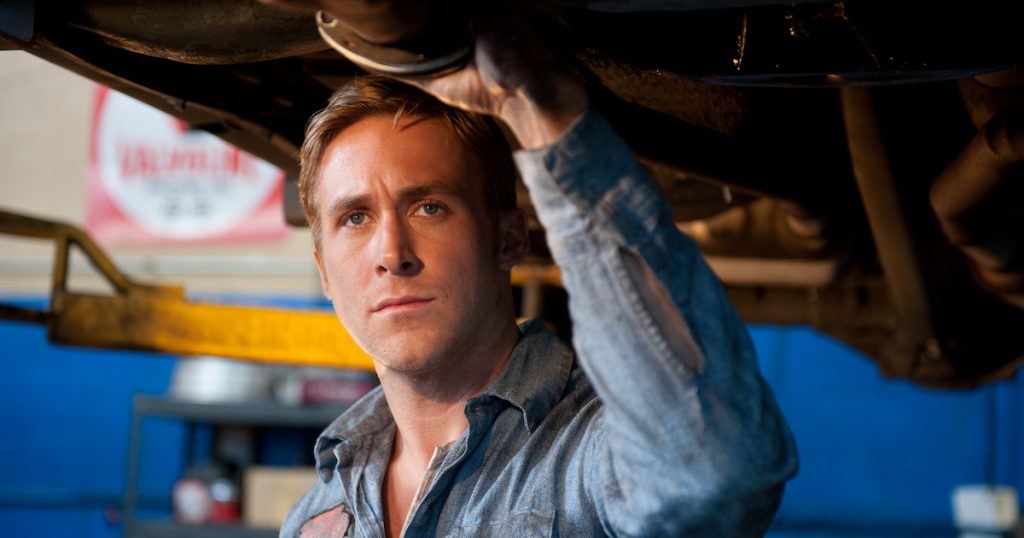
This is a genre piece featuring borrowed parts from the movie scrapheap: a bit of Jean-Pierre Melville’s Le Samourai, a bit more of Walter Hill’s The Driver, generous helpings of Steve McQueen in Bullitt and Michael Mann’s Thief. That the parts are assembled into such a sleek whole recalls the offscreen process of making the movie itself, which saw Gosling not only buying the property and hiring director Refn (a professed non-driver), but selecting the car and re-building it himself. Out of many parts emerged something both evocatively retro and utterly contemporary.
Behind the wheel, our anonymous protagonist meshes with machine in such perfect synchronicity the car seems an extension of the driver himself. Which likely accounts for the frequent awkwardness and silences that define his behaviour on stationary ground. Barely able to speak in complete sentences when he meets the woman (Carey Mulligan) who symbolizes domesticity and a crack at normalcy, the driver becomes something entirely whole and self-sufficient every time he’s behind the wheel. But only then. You can take the driver out of the car, but…
Gosling, who not only helped customize the Chevy, but took a course in stunt-driving for the movie, was supported in his DIY efforts by Winding, who frequently operated the camera from the passenger seat. It was a matter of organizing principle: while driving, we only ever see what the driver does. There are no shots of pedestrians (indeed there seem to be no pedestrians), no helicopter views from above, no cutaways to the pursuing vehicles. This strategic subjectivity is both thematic and practical: the driver only lives to drive, and the driving is what propels the narrative forward. Even L.A. seems to have evacuated itself to get out of the way let the driver do his job.
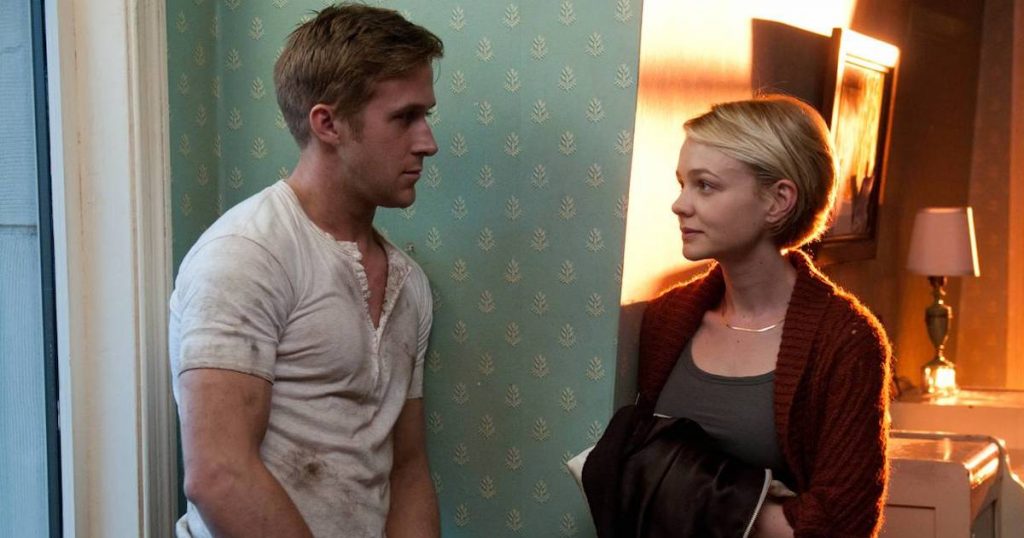
It’s what also aligns our experience with the driver’s. In the car, everything clicks smoothly and seamlessly, despite the danger constantly visible in the rear-view mirror. We feel strangely safe there, it’s where he and us are both entirely at home. Real trouble comes from stopping and interacting with people, and the violence of speeding through L.A. after dark is nothing compared to the violence that catches up when our man isn’t in motion. You can only develop attachments to other people if you stop moving, and with attachment comes vulnerability and flummoxing questions of purpose and responsibility. For this man, whose apartment is adjacent to a vulnerable widow and her small child, driving is living, and death comes to those who pause long enough to get involved. It gives unorthodox meaning to the very ideas of escape and getting away. Without cars and motion, the driver might disappear into thin air.
I must have watched this movie at least four times by now, and its primal power is never diminished by familiarity. (Fact is, I knew pretty much everything that was going to happen from the first time.) This speaks to both the visceral power of Drive and movies themselves. We can accept and love even the most obvious conventions as long as the trip through them is handled with skill and speed, like navigating obstacles without crashing into them. Part of this explains the appeal of genre, but it also speaks to the fundamental attraction of movies themselves, where momentum itself becomes a state of grace.






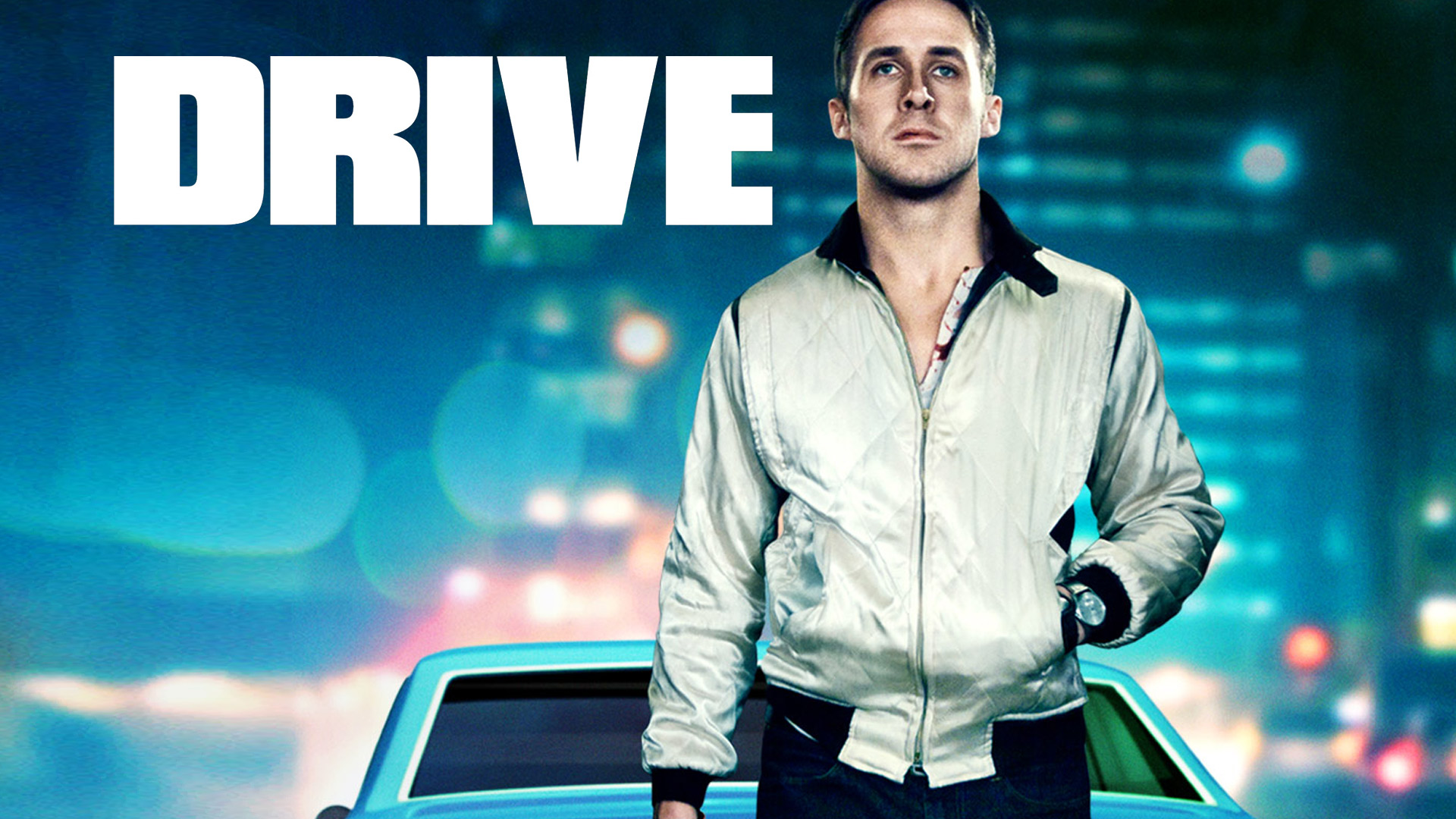
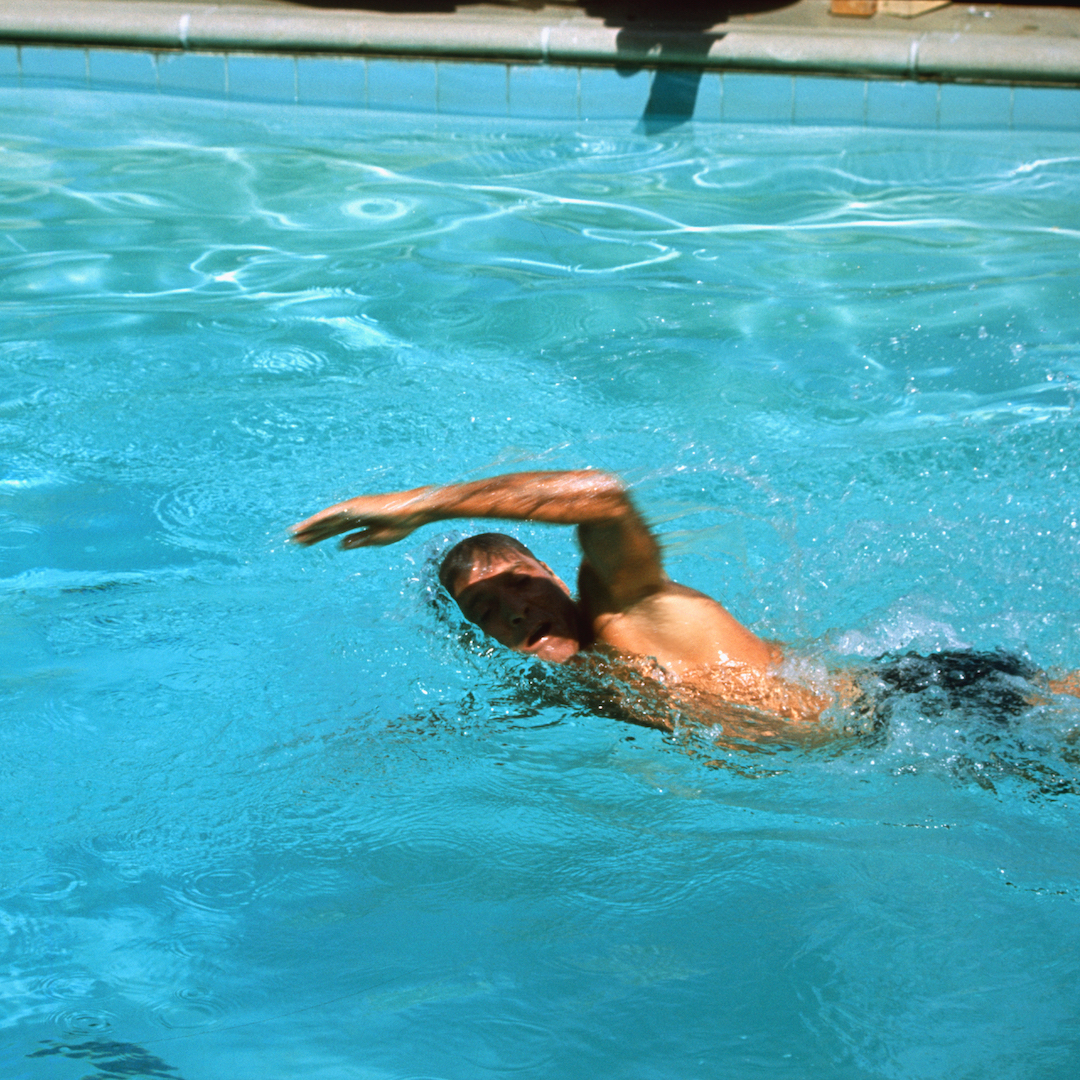

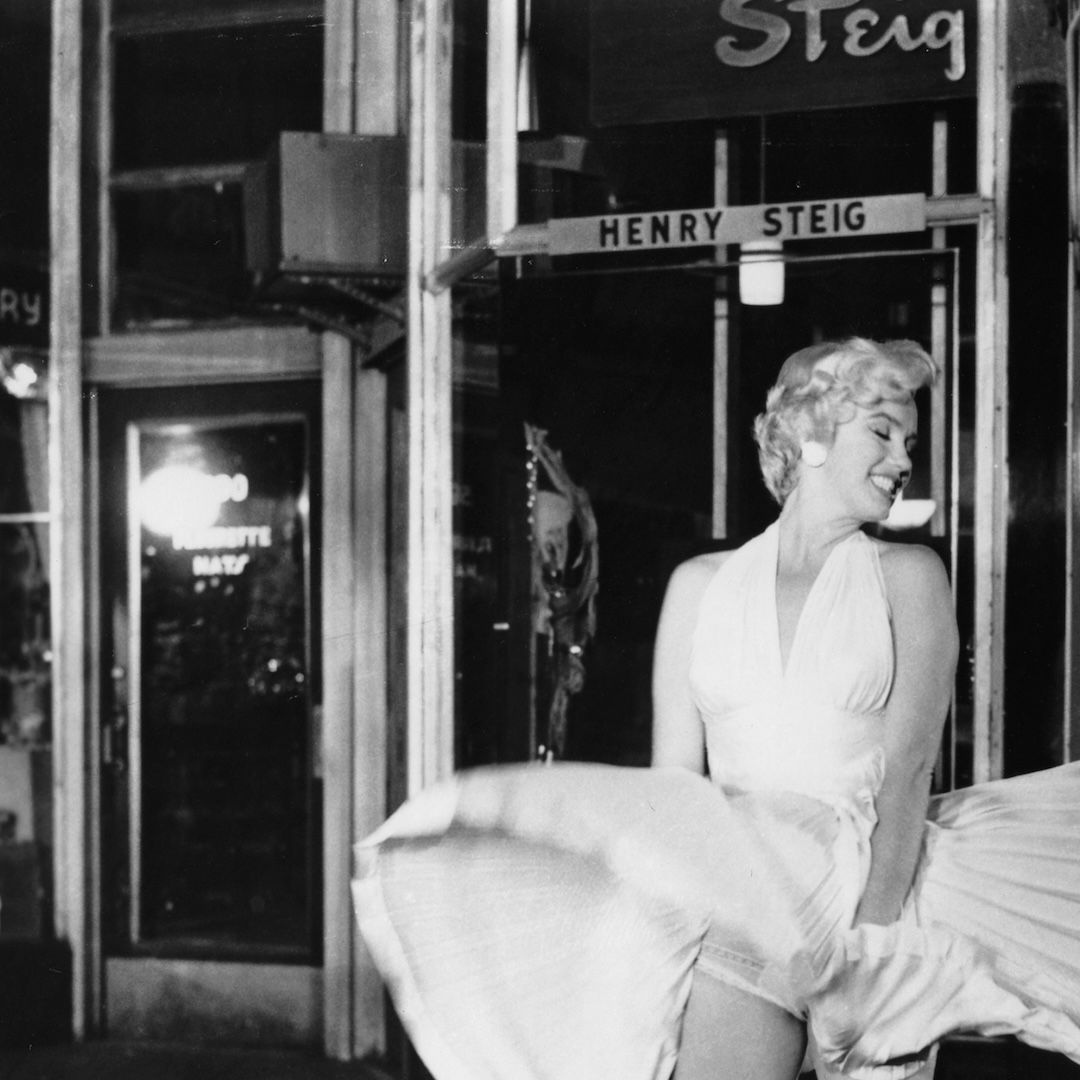

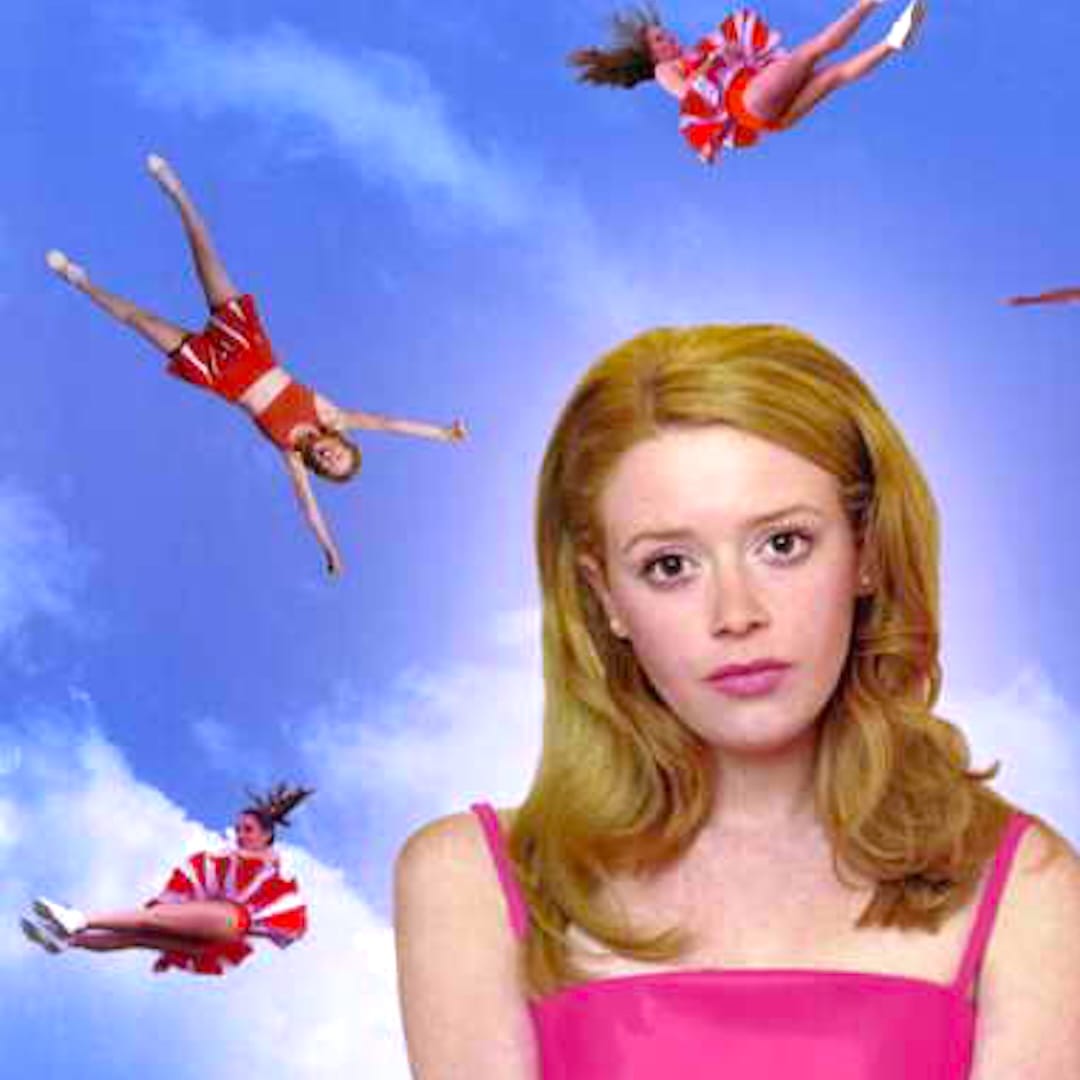

 Follow us on Instagram
Follow us on Instagram